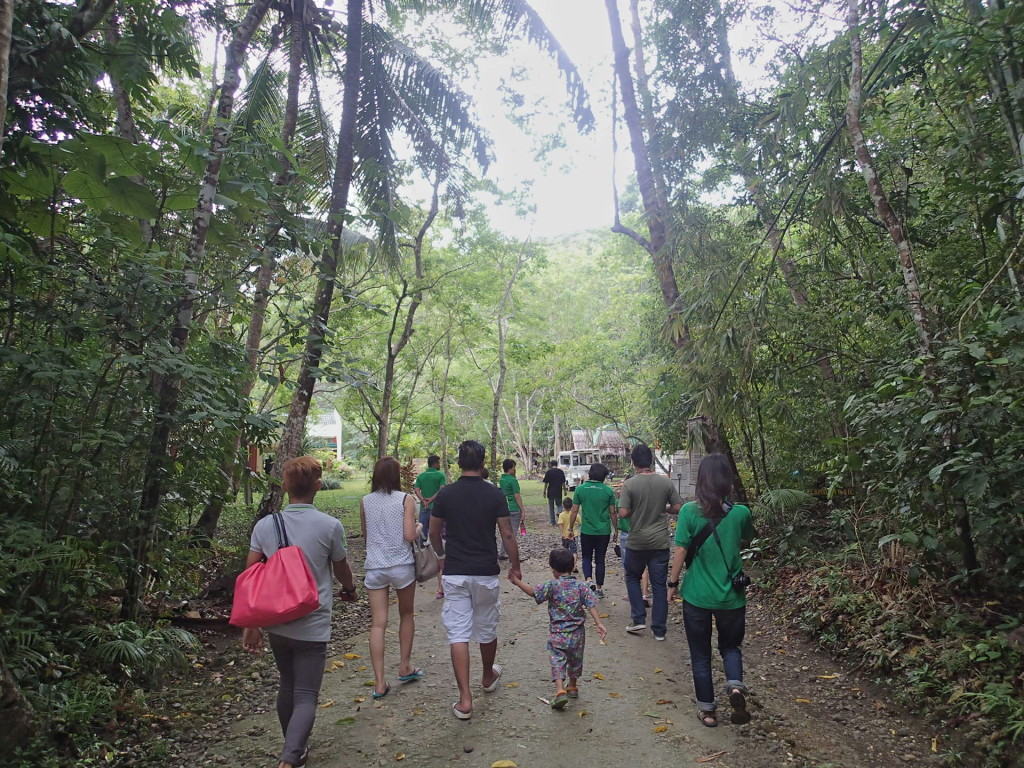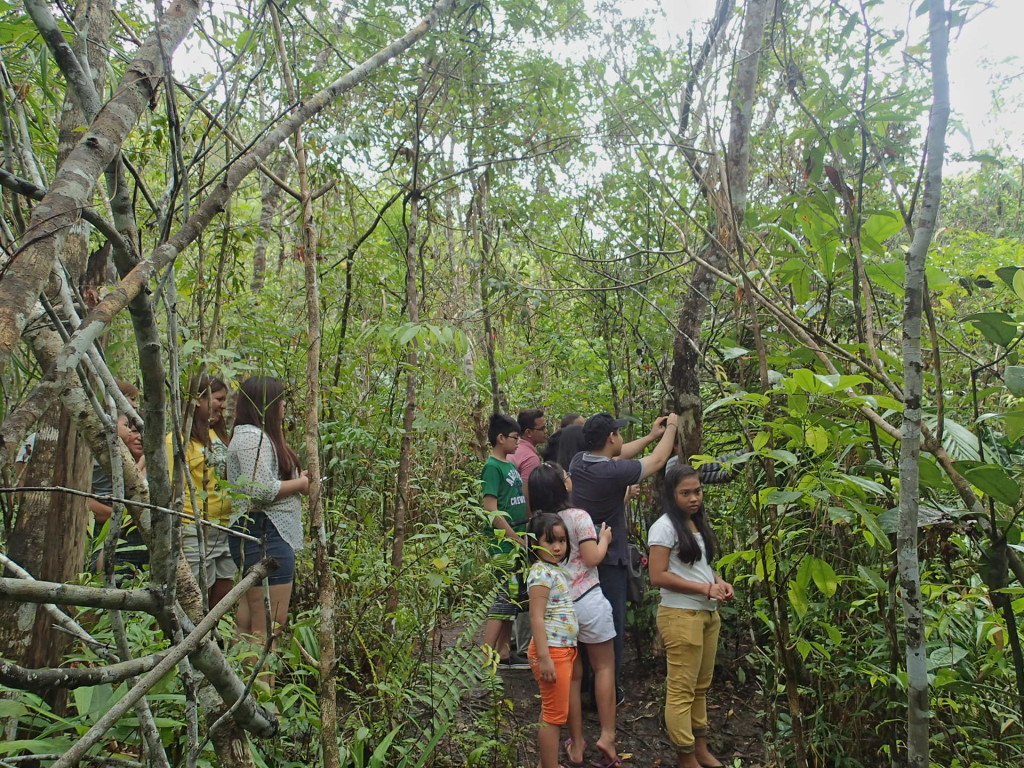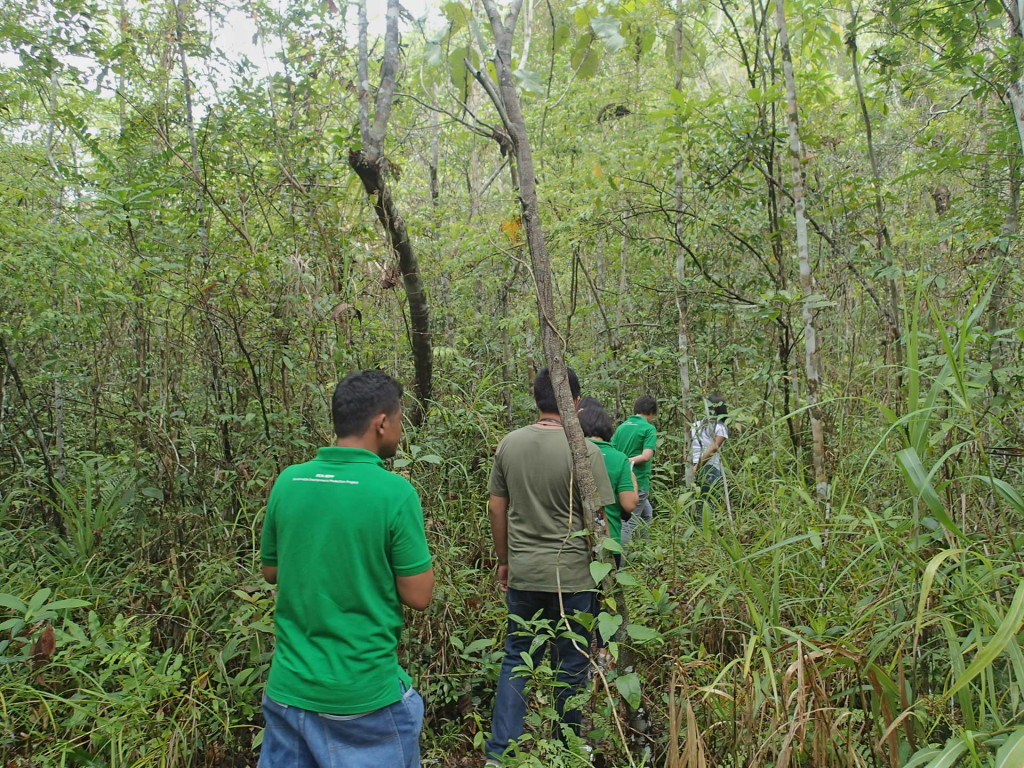In the province of Bohol, where the world-famous Chocolate Hills are found, lies a place dedicated to saving the lives of emotionally-sensitive species—the Philippine Tarsier Sanctuary.
It is a large forest home to the endangered tarsiers. These 45 million year-old small nocturnal primates with big round eyes usually cling to low branches or the trunks of slim trees. They are very delicate and emotionally-sensitive creatures that get stressed easily. The tour guides explain that tarsiers commit suicide by banging their heads against tree trunks when they get stressed, so visitors have to keep the noise level to a minimum. Visitors are allowed to take pictures except using the flash. And tarsiers aren’t allowed to be touched.
Prior to the development of the Philippine Tarsier and Wildlife Sanctuary, many people hunted for tarsiers. The captured endangered primates were being sold, kept as pets by private individuals in environments not conducive to their lifestyle and survival, or killed.
Because of this, the tarsiers were declared to be specially protected faunal species of the Philippines by virtue of Proclamation No. 1030, declared by former Philippine President, Fidel V. Ramos on June 23, 1997. Hence, creating the Philippines Tarsier Sanctuary for their protection.
The Philippine Tarsier Sanctuary has been established to allow the tarsiers to live and reproduce freely in a natural setting. The sanctuary is officially run by the Philippine Tarsier Foundation, Inc. (PTFI), a non-stock, non-profit organization established in 1996.
The first picture shows the entrance to the Research Building and is where briefing will take place. The entire family can enjoy trekking. Ask questions after the tour. They are noctural but are also mildly awake in daytime. Take pictures with no flashes and keep your distance because sometimes they are very close. Trek into the real tarsier habitat. Just make sure to be extra quiet.
Information of Eco-Tour
| Address | km.14, Canapnapan, Corella, Bohol |
| How to get there? | Jeepney, motorbikes, tricycle, van for rent |
| What to wear? | Non-slippery footware |
| Contact Person: | Joannie Mary Cabillo |
| Contact Number: | 09089378094 |
| Email Address: | joanniemaryc@yahoo.com |



